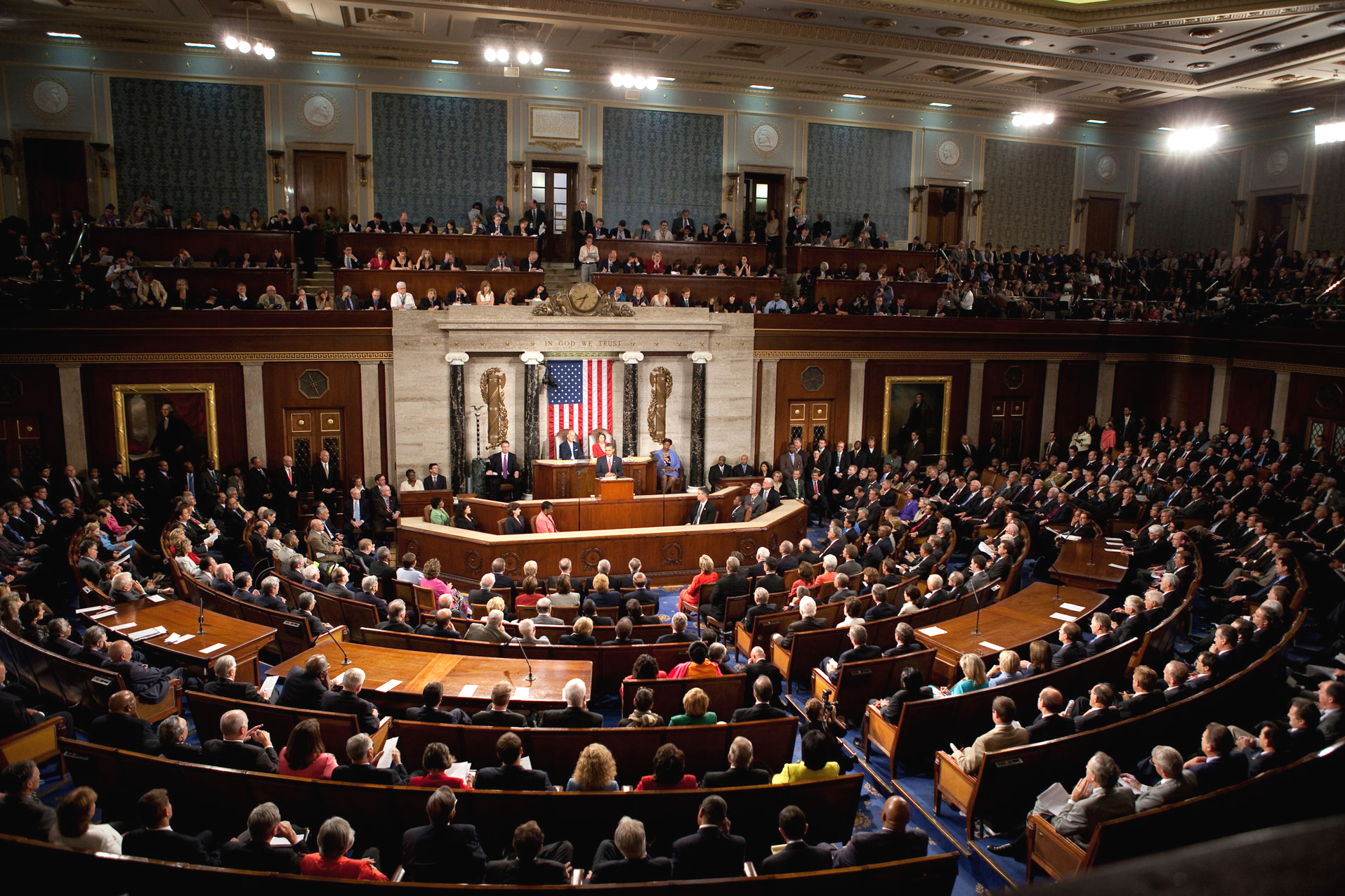113th Congress Faces Contentious Issues

By Dennis Zuehlke, Compliance Manager, Ascensus
With the photo-ops and swearing-in ceremonies over, and the presidential inauguration now a memory, the 113th Congress is hard at work facing a number of contentious, but familiar, issues, one of which is tax reform.
To avoid a U.S. default on its debt obligations, the House of Representatives approved an extension of the debt ceiling. The Senate passed the measure shortly thereafter and President Obama is expected to sign the bill into law. The legislation suspends the $16.4 trillion limit on government borrowing until May 18 to give Congress time to reach a broader deficit reduction deal.
Next on the agenda, Congress and the White House must reach an agreement on nearly $85 billion in targeted spending cuts to avoid the automatic across-the-board cuts that would kick in March 1 if a deal is not reached. Agreeing on $85 billion in spending cuts will not be easy and reaching that figure means that potentially everything—including retirement savings incentives—is on the table. As Congress looks for ways to reduce the deficit, tax incentives for retirement savings are especially susceptible because they cost the Treasury more than the deduction for home mortgage interest and are second only to the exclusion of employer healthcare contributions. The Joint Committee on Taxation estimates that the exclusion of pension contributions and earnings in defined benefit and defined contribution plans will cost the Treasury $100 billion this year alone.
The Obama Administration and the Joint Select Committee on Deficit Reduction (the congressional “super committee” that was charged with finding $1.5 trillion in spending cuts) have previously targeted retirement savings incentives. The Obama Administration proposed in its Fiscal Year 2013 Revenue Proposals to trim tax incentives for contributions to IRAs and defined contribution retirement plans by higher-income taxpayers. The Joint Select Committee on Deficit Reduction considered a proposal to cap retirement savings account contributions at the lesser of $20,000 or 20 percent of compensation.
As President Obama begins his second term, will he again propose curtailing retirement saving incentives? The President by law was required to submit a budget to Congress by February 6, but the White House had already announced that it would not meet that deadline. The President’s budget submission traditionally starts the congressional budgeting process, which takes on added importance this year because of the March 1 sequester deadline. As an incentive, House Speaker John Boehner (R-OH) attached a provision to H.R. 325, the No Budget, No Pay Act of 2013 (legislation increasing the debt limit) that withholds the pay of House and Senate members if their respective bodies fail to pass a budget plan.
House Budget Committee Chairman Paul Ryan (R-WI) is expected to introduce a budget resolution that would seek to balance the federal budget within 10 years. Senate Budget Committee Chair Patty Murray (D-WA) announced that the Senate also will introduce a budget proposal, something it hasn’t done since 2009.
With less than a month to go before the March 1 sequester deadline and no budget proposals on the table, it is becoming increasingly likely that Congress and the White House will not be able to reach an agreement on the $85 billion in spending cuts. No action will trigger automatic across-the-board spending cuts spread evenly between defense and non-defense spending. This scenario would likely lead to a broader discussion of ways to reduce the deficit as part of a comprehensive tax reform package that would consist of spending cuts and revenue raisers.
The last time Congress passed a tax reform package, the Tax Reform Act of 1986, tax incentives for retirement savings were severely restricted. A provision was added to the defined contribution pension plan contribution limits that limited deferrals under 401(k) plans to $7,000 per year, subject to annual cost-of-living adjustments. The Act also restricted IRA deductibility for middle- and upper-income individuals covered by a pension plan at work and permitted nondeductible IRA contributions. The result was a steep decline in IRA contributions that decimated credit union IRA programs. It took 10 years—until Congress passed the Taxpayer Relief Act of 1997 creating Roth IRAs—for IRA activity to begin to recover.
Congress will likely take up comprehensive tax reform this year and any package will consist of spending cuts and revenue raisers. Will retirement savings incentives face a similar fate this year as they did in 1986? Only time will tell.
Dennis Zuehlke is Compliance Manager for Ascensus in Middleton, Wisconsin. Mr. Zuehlke provides clients with technical support on tax-advantaged accounts (including individual retirement accounts, health savings accounts, simplified employee pension plans, and Coverdell education savings accounts), and information reporting and tax withholding issues. Mr. Zuehlke is a frequent national speaker on compliance-related issues and retirement savings trends within the financial services industry.
Mr. Zuehlke attended Marquette University and graduated from the University of Wisconsin. Prior to joining Ascensus, he held a similar position with the Credit Union National Association.
Ascensus delivers a full range of retirement plan services—including plan administration, plan design and maintenance, consulting, web-based tools and content, software solutions, education and training, forms and documents, and technical resources—to more than 9,000 financial organizations nationwide.





